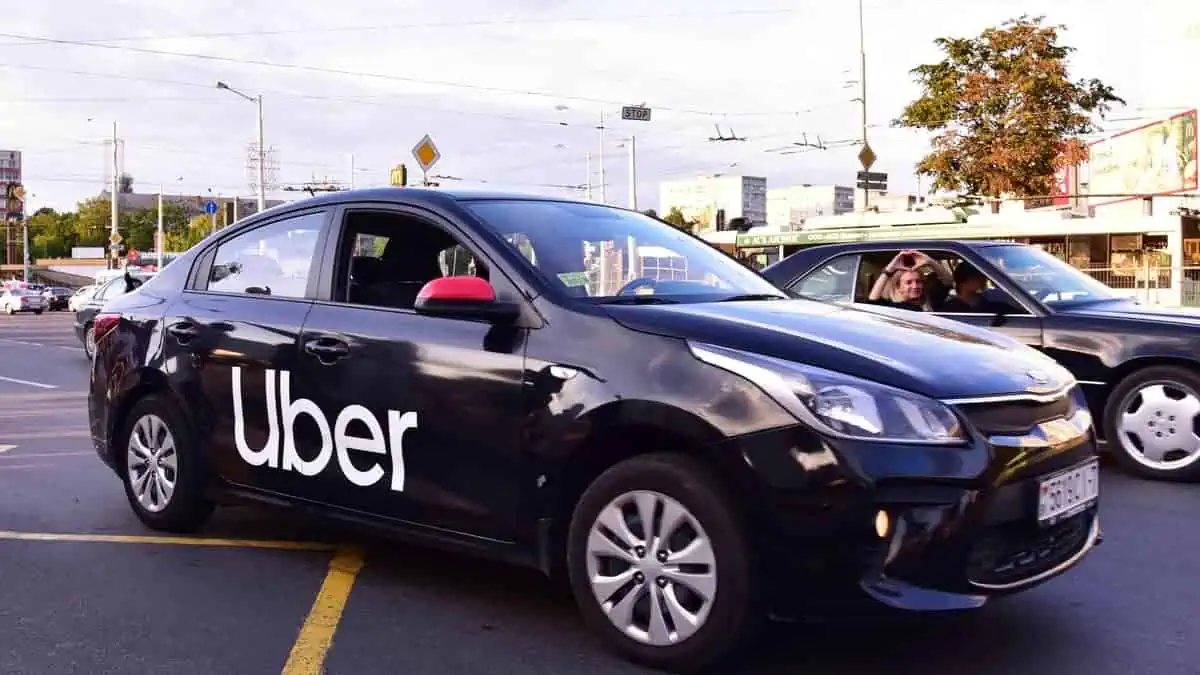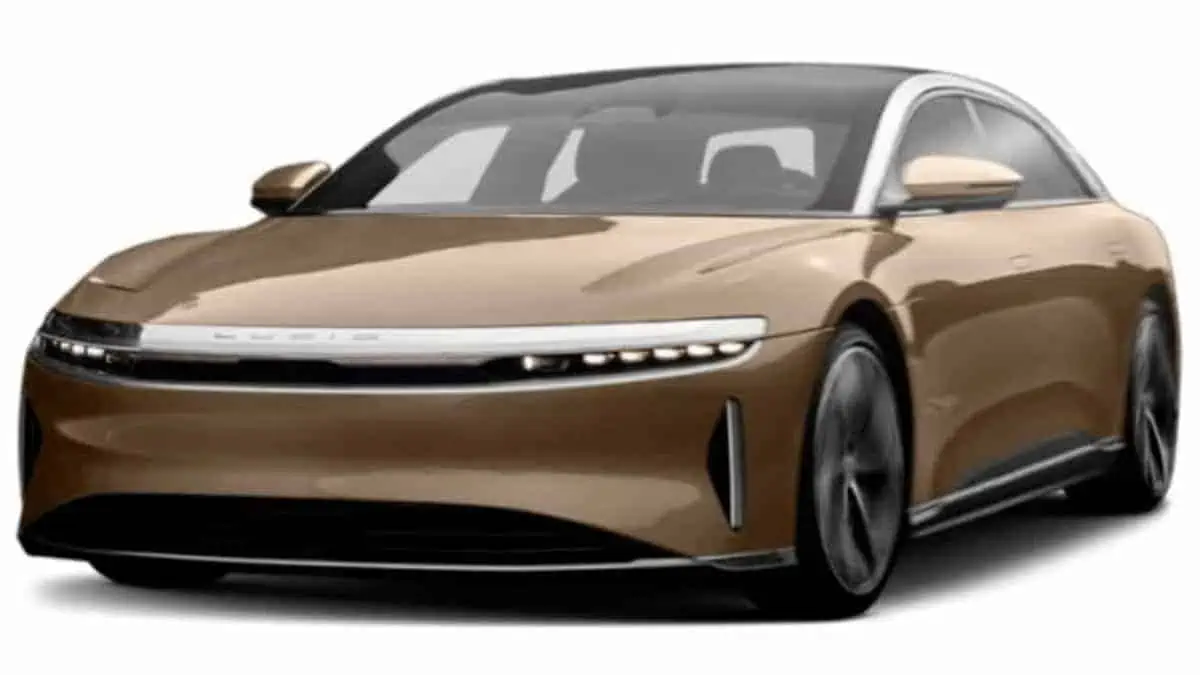Global ride-hailing giant Uber set a goal of 100% zero-emission vehicles by 2030 in Europe and all markets by 2040, a goal requiring their self-employed drivers to ditch their gasoline-powered cars for cleaner technologies.
According to Euractiv, while some have embraced the switch, other drivers are more hesitant to go electric, noting higher upfront costs, fears of lack of charging infrastructure, and longer charging times compared to refueling.
There’s definitely some hesitance. I think that’s very natural with a new technology. Generally speaking, once someone has tried an EV, the reaction is very positive… Often, people’s fear or hesitancy, it doesn’t really materialize once they get a chance to actually try the vehicle out.
Chris Hook, Uber’s global sustainability chief
At present, one in ten of Uber’s European fleet is zero-emission, providing the company seven years to reconsider its fleet composition.
Reducing purchase costs
Though EVs are cheaper to run due to the absence of fuel and less maintenance, electric vehicles are more expensive upfront than their fossil fuel alternative. However, spiraling electricity costs and increasing interest rates partly eroded this benefit.
To lessen the upfront cost, Uber signed agreements with automakers, such as Hyundai, Kia, Nissan, and Stellantis, and rental providers, like Hertz, to provide reduced rates on clean models.
The level of discount drivers receive differs by market. Hook pointed out that these deals are required so that shifting to electric “makes sense financially” for drivers.
In addition, Uber has partnered with companies laying out charging points, including TotalEnergies in France and BP in the United Kingdom.
Drivers will be given cheaper subscription packages, whereas Uber will use drivers’ route data to help the companies map out areas to place fast charging hubs.
Range anxiety
To counter concerns about electric cars’ technical limitations, the ride-hailing company appointed “EV ambassadors” across European cities to speak to drivers.
These ambassadors volunteer to go back and talk to others and say, ‘Look, I made the switch to EV, this is what is good about it, this is what’s challenging about it,’ noted Hook.
This “demystifying” of the EV switch is critical to encourage EV uptake.
The previous emphasis on EVs struggled to meet the demands of ride-hailing driving patterns. However, enhanced battery technology makes them a more appropriate option.
Hook added that the 30 kW battery vehicles did not work well with Uber drivers and taxi drivers. They didn’t have a sufficient daily range to make it make sense.
He explained that the introduction of 62 kW batteries changed this equation, with “90 to 95%” drivers capable of driving for a full shift without any issue.
Hook clarified that it relies on you being fully charged at the start of the day and capable of topping up as you go.
Uber is “technology agnostic,” though it has focused on BEVs over hydrogen as the primary way to reduce emissions.
Switching to clean vehicles is beneficial for drivers
While the company wants to make it beneficial for drivers to shift to clean vehicles, as 2030 nears, the company will inevitably have to “set some rules on what vehicles are and aren’t eligible to operate.”
This can take the form of preventing polluting vehicles from the platform.
Hook believes this will impact a minority of drivers, and if a large number of vehicles aren’t zero-emission as the deadline nears, “we won’t have done our jobs properly.”
Despite the level of km driven by EVs in the Uber fleet in European cities lingering around 9%, Hook stated the trajectory is positive, with 2021’s figure below 5%.
Encouraging professional drivers to adopt clean vehicles will help cities trim emissions faster.






